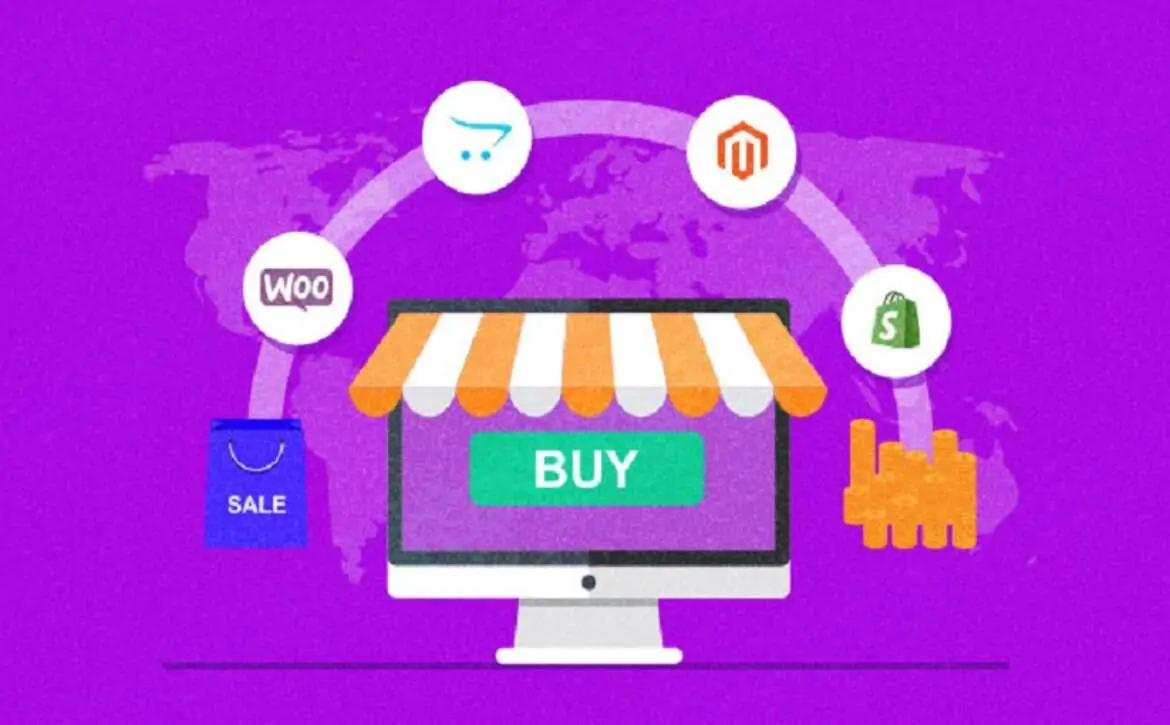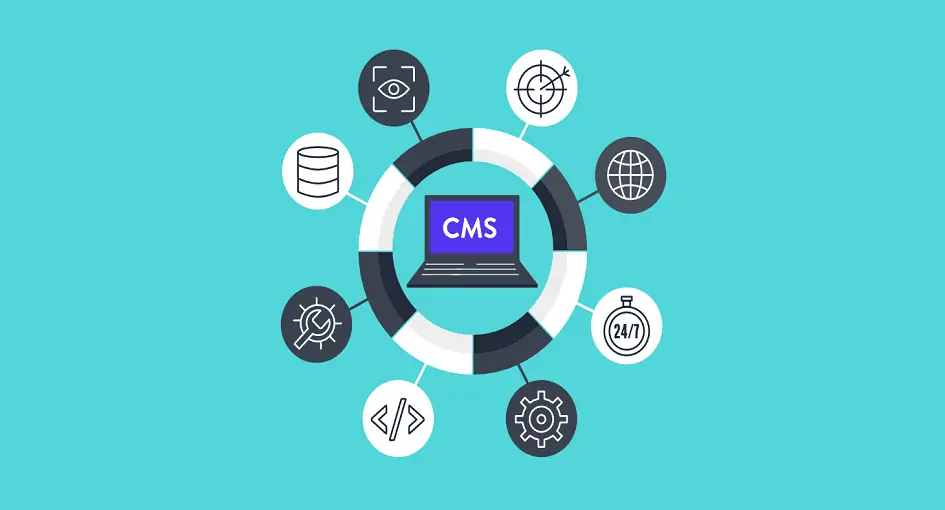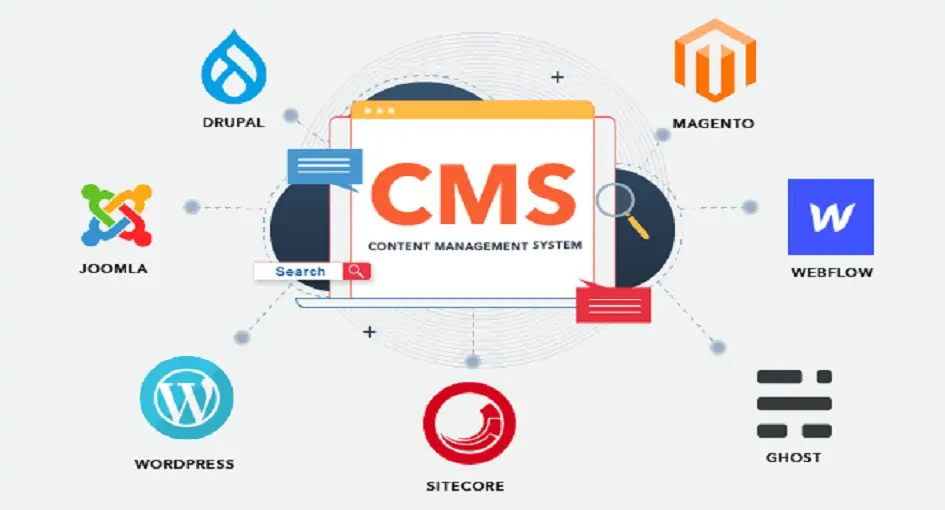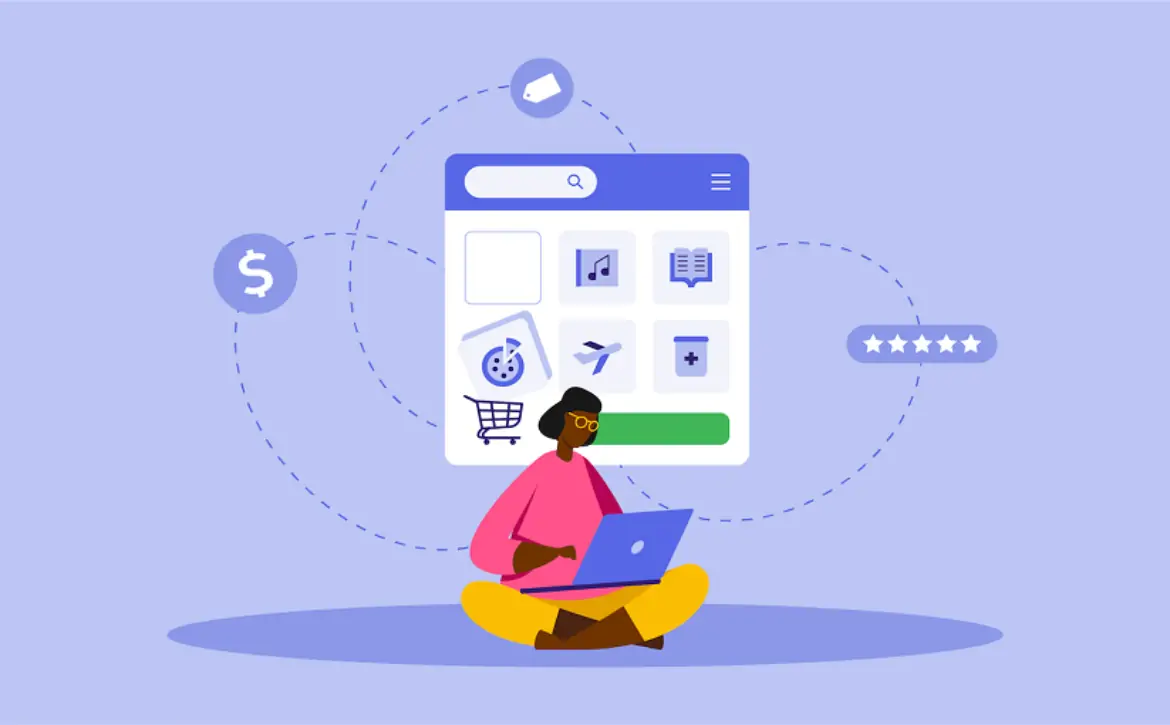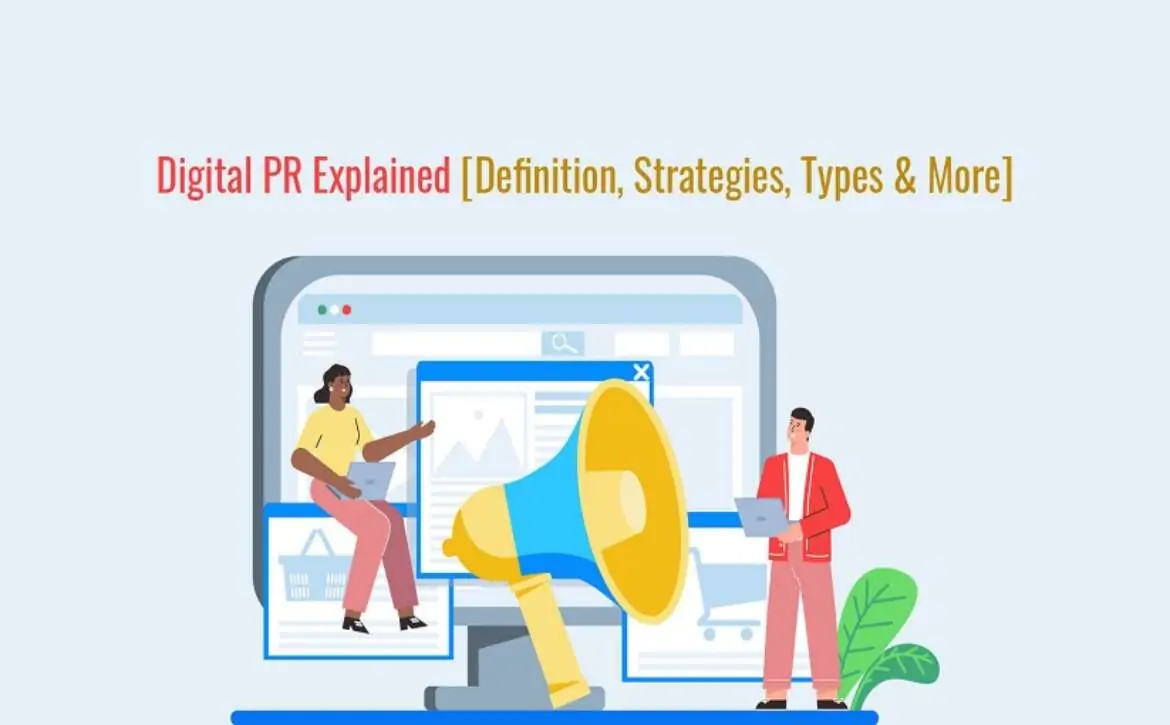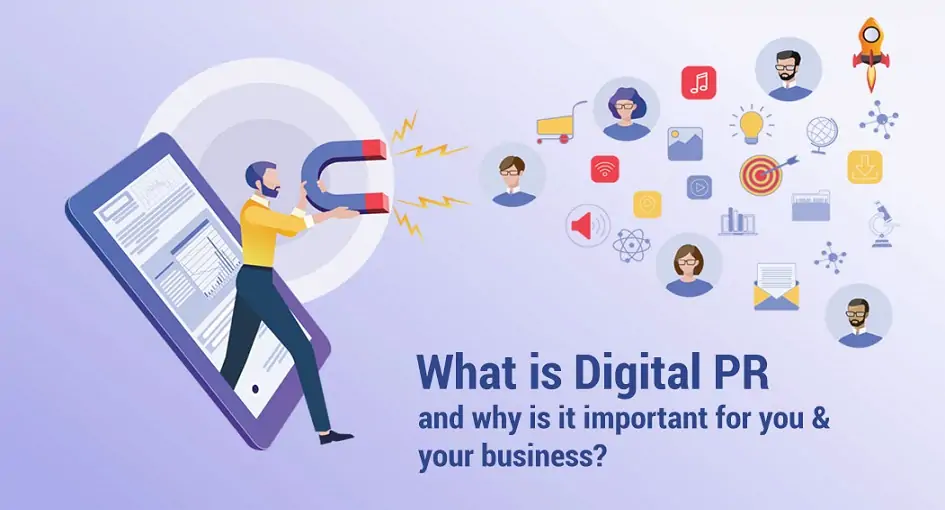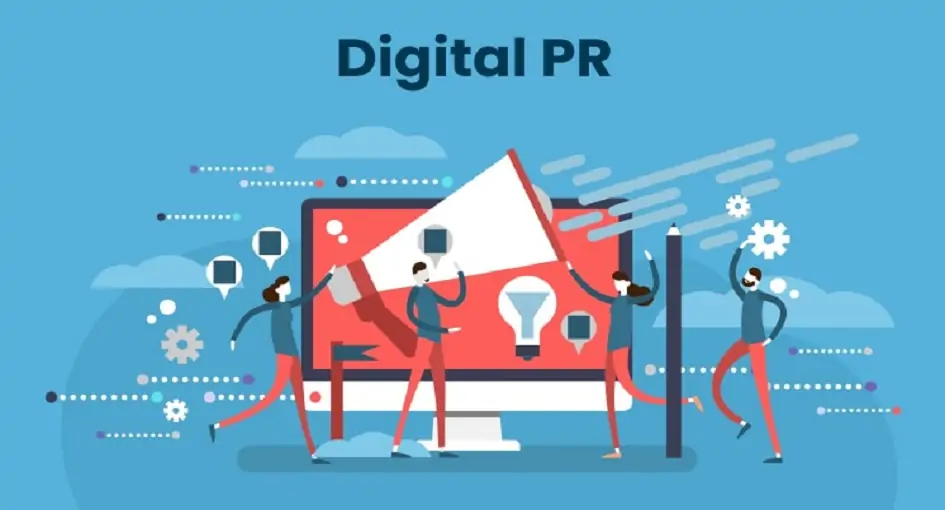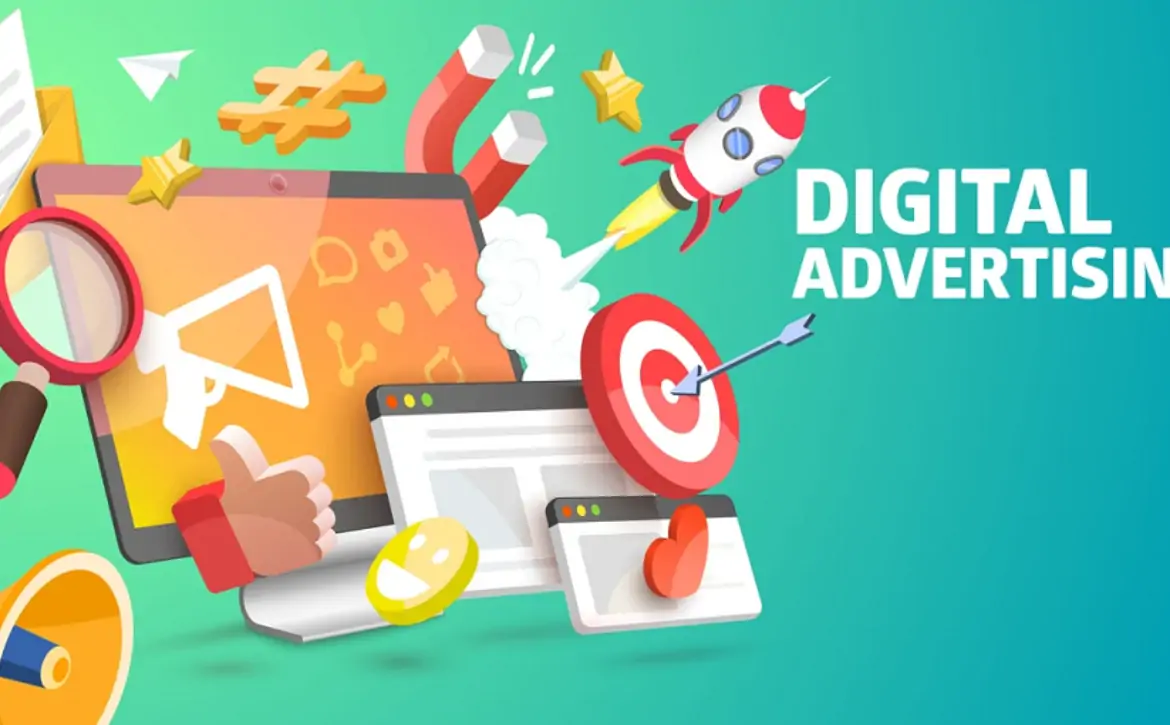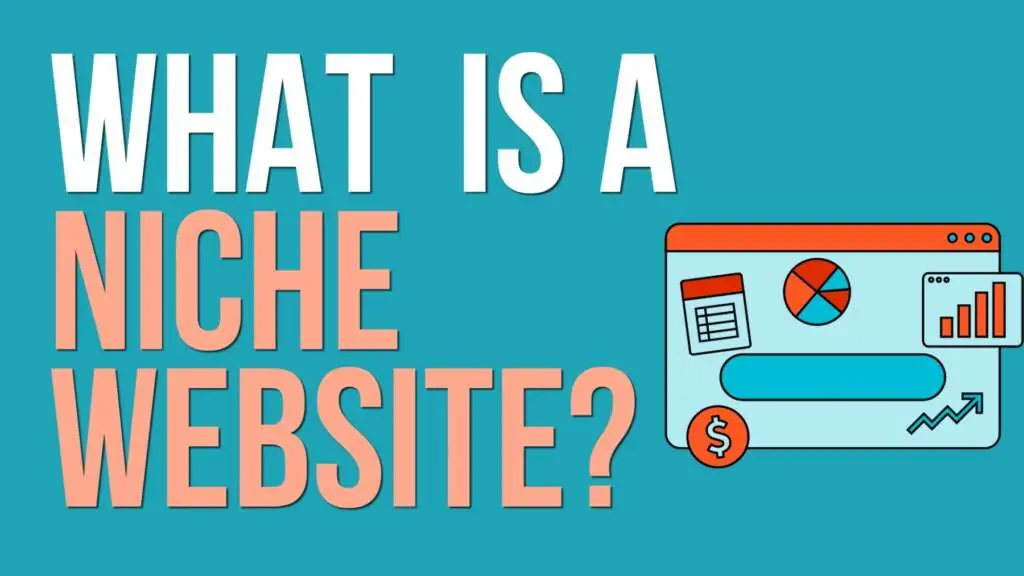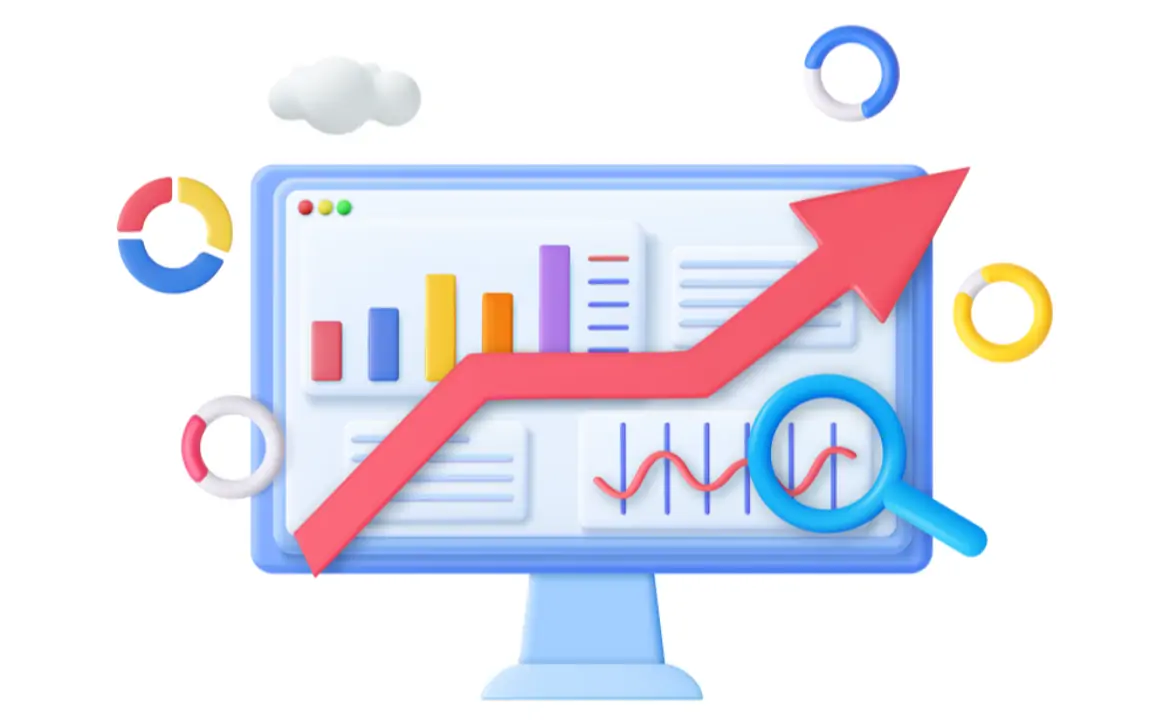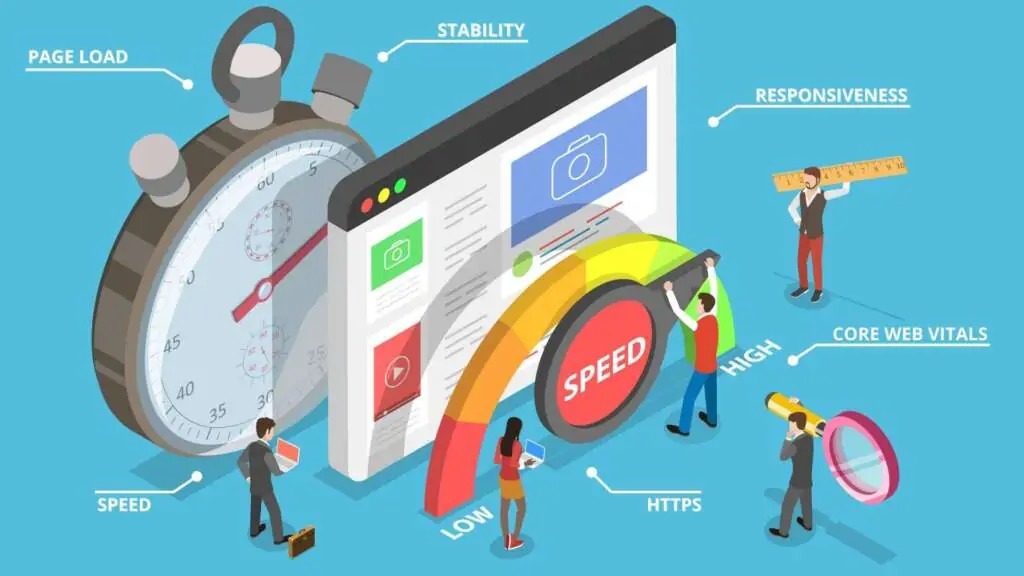Guide to Creating Your E-commerce Online Shopping Platform
A digital marketplace where companies and individuals may purchase and sell goods and services online is known as an online shopping platform. Customers can browse, add things to their cart, and safely complete purchases using it as a virtual storefront. A storefront, a shopping cart, a payment gateway, inventory control, choices for shipping and fulfillment, security features, analytics, and reporting are some of the essential elements. Shopify, WooCommerce, Magento, BigCommerce, Amazon, eBay, and Etsy are a few of the well-known platforms. These systems serve a range of company kinds and provide adaptable options to satisfy certain requirements. All things considered, an online shopping platform gives companies a digital platform to present their goods and services and allow easy transactions.
Establishing an e-commerce platform gives companies several benefits, such as cost-effectiveness, improved operational control, flexibility, ownership of client data, brand control, and the development of a long-lasting corporate asset. By tailoring the platform to correspond with company values, aesthetics, and messaging, businesses can provide customers with an exceptional shopping experience. Additionally, an online shopping platform makes it simple for the company to scale up and adjust in response to changing market trends and client requests.
Possession of client data facilitates long-term connections with the audience, enhanced consumer interaction, and customized marketing initiatives. Long-term savings from eliminating recurrent fees and transaction costs can come from making an initial investment in the platform’s construction. Additionally, an online shopping platform gives businesses more control over pricing plans, fulfillment procedures, and inventory management, enabling them to react swiftly to changes in the market and client input.
Is Amazon an e-commerce platform? Possession of the platform confers stability and independence, rendering it an invaluable commercial resource for producing income, drawing in investors, and bolstering the general expansion of the enterprise.
Establishing your own e-commerce online shopping platform, just like the top 10 e-commerce websites, can be a game-changer because it gives you total control over your brand, marketing tactics, and consumer interactions. This article will help you through the crucial processes and concerns, whether you’re beginning a new business or converting an existing brick-and-mortar store to an online model.
Creating Your Own Online Shopping Platform
1. Defining Your Business Model and Niche
Clearly defining your company’s strategy and specialty is essential before delving into the technical details of creating your own online shopping platform. The crucial actions are as follows:
Identify Your Niche
- Market Research: Examine the market to learn about potential profitability, rivalry, and demand.
- Target Audience: Identify your target audience by describing your potential clients’ tastes and purchasing habits.
- Specialized Selling Point (USP): Find out what makes your company unique from the competition. This could be distinctive goods, first-rate customer support, or an engaging brand narrative.
Business Model Choices
- B2C (Business-to-Consumer): Business-to-Consumer, or B2C, refers to the sale of goods to specific individuals.
- B2B (Business-to-Business): Business-to-business, or B2B, is the sale of goods in large quantities to other companies.
- C2C (Consumer-to-Consumer): offering a marketplace (like eBay) where customers can trade goods with one another.
- Subscription-Based: Charging a fee for goods or services (subscription boxes, for example).
2. Building Your Online Shopping Platform
Choose the Right E-commerce Platform
Selecting the right cheapest e-commerce platform online shopping platform is critical. Consider the following options:
- Shopify: User-friendly with a variety of themes and plugins. WooCommerce: A flexible, open-source option that integrates with WordPress.
- Magento: Highly customizable and scalable, suitable for larger businesses.
- BigCommerce: Offers robust features and scalability without transaction fees.
Domain Name and Hosting
- Domain Name: Pick a name for your website that is relevant to your items, your business and online shopping platform, and is simple to remember.
- Hosting: Select dependable hosting companies that are able to manage the volume of traffic you expect. While some e-commerce platforms come with hosting, others might need to purchase hosting separately.
3. Designing Your Website
A well-designed website and the best e-commerce platform for beginners promotes purchases and improves the user experience.
User-Friendly Interface
- Navigation: Make sure your website has intuitive search and category features.
- Mobile Responsiveness: Since many customers shop on their mobile devices, your website needs to be responsive to mobile users.
Visual Design
- Branding: Make use of recognizable pictures, typefaces, and colors that are consistent with your brand.
- Product Photos: Exceptional photos taken from various perspectives have a big impact on people’s decisions to buy.
Content Management
- Product Descriptions: Give thorough, interesting explanations of each product’s characteristics and advantages.
- Blog: Use a blog to interact with customers, share insightful information, and boost SEO for the top online shopping platforms.
4. Setting Up Product Listings for Your Online Shopping Platform
Effectively arrange your product listings to improve discoverability and conversion rates.
Product Categories and Tags
- Categories: Product categories should be made to be easily understood by customers so they can locate what they’re seeking promptly.
- Tags: To improve SEO and make things searchable, use relevant tags.
Inventory Management
- Stock Levels: Monitor stock levels to prevent overselling and make sure restocking occurs on schedule.
- SKU Management: To track and manage inventory more effectively, use stock-keeping units, or SKUs.
5. Payment Gateways and Security for Your Online Shopping Platform
Payment Options
To accommodate varying consumer preferences, provide a variety of payment options for your free online shopping platforms:
- Integrate Credit/Debit cards with well-known card processors such as PayPal or Stripe.
- Digital Wallets: Turn on services like Google Wallet, Apple Pay, and Amazon Pay.
- Bank Transfers and COD: COD and bank transfers may be good choices for you, depending on your market.
Security Measures
- SSL Certificate: To safeguard consumer data, make sure your website is secure by using an SSL certificate.
- PCI Compliance: To guarantee the secure processing of card information, adhere to the Payment Card Industry Data Security Standard (PCI DSS).
- Fraud Prevention: Put procedures and instruments in place to identify and stop fraudulent transactions.
6. Shipping and Fulfillment for Your Online Shopping Platform
For customers to be satisfied, shipping and fulfillment procedures must run smoothly.
Shipping Options
- Domestic and International Shipping: Provide both domestic and international shipping to increase the size of your customer base.
- Shipping Rates: Give clients precise costs by using real-time shipping rates.
- Free Shipping: To encourage greater purchases, think about providing free shipping on orders over a specific threshold.
Order Fulfillment
- Internal Fulfillment: Oversee stock levels and dispatch straight from your site.
- Third-Party Logistics (3PL): For effective scaling, assign fulfillment to a 3PL supplier.
7. Marketing Your Online Shopping Platform
Sales are increased and traffic is increased by effective marketing methods. Pay attention to the following areas:
Search Engine Optimization (SEO)
- Keywords: Look for relevant terms and use them in the text of your website.
- On-page SEO: Optimize headers, meta descriptions, and product pages for on-page SEO.
- Backlinks: Build high-quality backlinks to raise your website’s search engine rating.
Content Marketing
- Blog Posts: To draw in and keep readers, write interesting and educational blog entries for your online shopping platform list.
- Email Marketing: Create an email list and distribute updates, promotions, and newsletters on a regular basis.
- Social Media: Interact with clients on Twitter, Instagram, and Facebook.
Paid Advertising
- Google Ads: Place customized advertisements to show up in display networks and search results.
- Social Media Ads: Use Instagram, Facebook, and other channels to advertise to specific audiences.
8. Customer Service and Retention
Retaining clients and promoting repeat business requires exceptional customer care for your online shopping platform.
Customer Support
- Live Chat: Incorporate live chat to offer prompt support.
- Help Desk: Establish a thorough help page and ticketing system.
- Responsive Communication: Efficient Communication: Guarantee prompt replies to client questions.
Loyalty Programs
- Reward Programs: Give loyal consumers points, rebates, or exclusive incentives.
- Referral Programs: Offer incentives to current clients to recommend new ones.
9. Analytics and Optimization of Your Online Shopping Platform
Keep an eye on things and make regular platform optimizations for ongoing enhancements.
Analytics Tools
- Google Analytics: Monitor user activity, traffic, and conversions.
- E-commerce analytics: Track customer information and sales performance with tools tailored to your platform.
A/B Testing
- Landing Pages: See which landing page variants convert better by testing various iterations.
- Email Campaigns: To increase open rates and conversions, test different subject lines, content, and send times.
10. Legal Considerations
Make sure the best website builder for online store rules governing your online store are followed.
Business Licenses and Permits
- Local Regulations: Get the licenses and permits required in your area to run an online business.
- Tax Compliance: Recognize and abide by local, state, and federal sales tax laws.
Privacy Policies and Terms of Service
- Privacy Policy: Clearly state the methods utilized to gather, utilize, and safeguard consumer data.
- Terms of Service: Describe the terms and conditions that apply to using your website and making purchases in your terms of service.
Conclusion: Building your own e-commerce online shopping platform is a complex process that needs to be carefully thought out and carried out. You may create a profitable online business by identifying your market, selecting the best e-commerce platform, creating a user-friendly website, and putting effective marketing and customer support techniques into practice. To maintain long-term success, regularly review performance and remain flexible in response to changing market trends. In the cutthroat world of e-commerce, your online shopping platform can succeed with commitment and the appropriate strategy.


